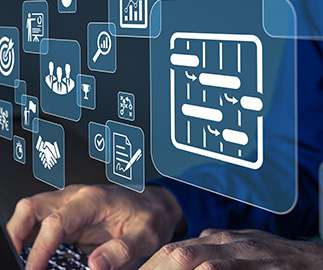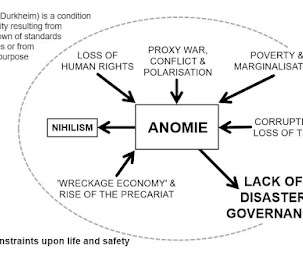What is the Climate Finance Vulnerability Index (CliF-VI)?
National Center for Disaster Prepardness
JUNE 25, 2025
The Climate Finance Vulnerability Index (CliF-VI) , developed by the National Center for Disaster Preparedness with the financial support of The Rockefeller Foundation, is a tool for identifying where concessional adaptation finance is most urgently needed to have the greatest impact.













Let's personalize your content